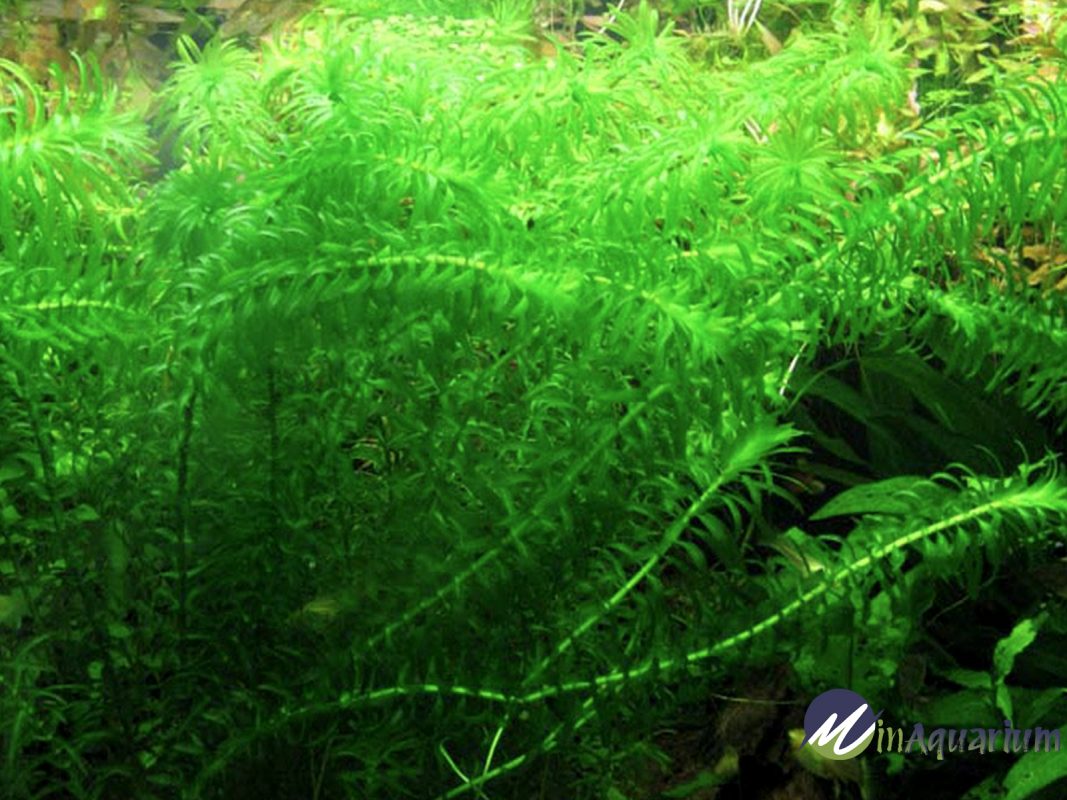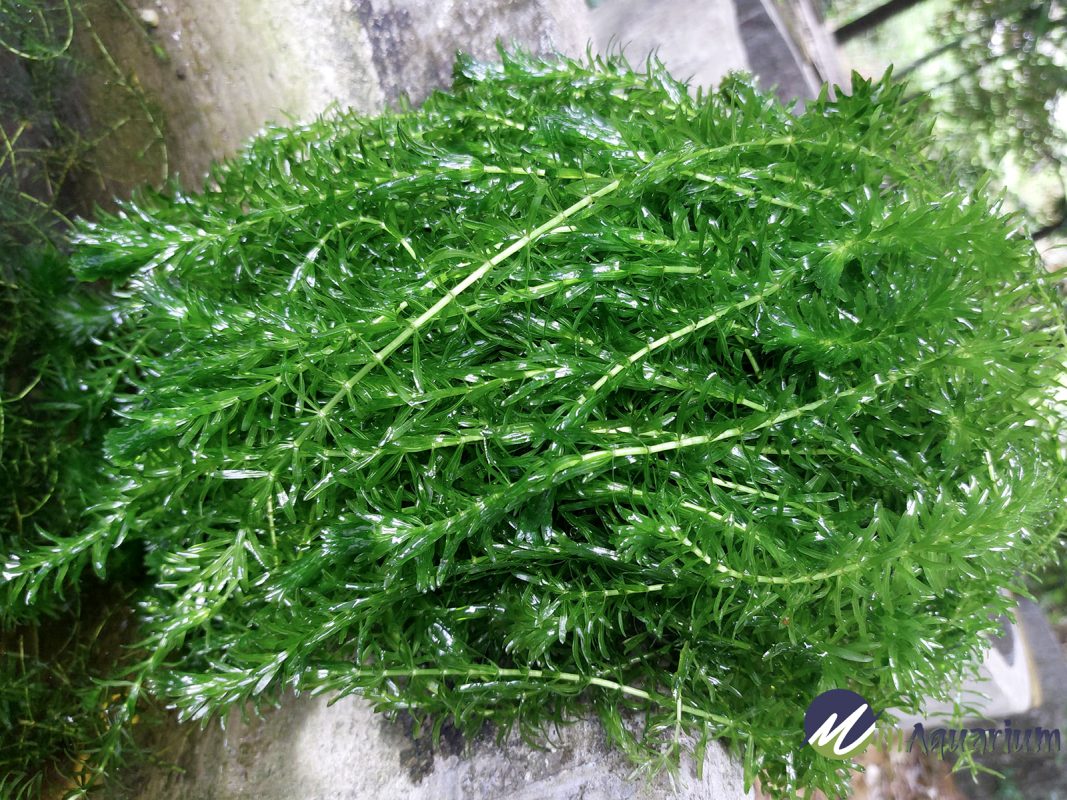Blogs
Ceratophyllaceae – A Dive into the Unique Aquatic Plant Family
The fascinating world of aquatic plants holds many secrets, and the Ceratophyllaceae family is one of them. This family, consisting of the sole genus Ceratophyllum, is found in a variety of freshwater habitats worldwide, captivating with its unique morphology and ecological significance. Delve into this captivating family as we explore its various aspects, from its evolutionary history to its importance in aquatic ecosystems.
Taxonomy and Distribution
Classification
- The Ceratophyllaceae family belongs to the order Ceratophyllales, a monotypic order within the eudicots.
- The family comprises a single genus, Ceratophyllum, which includes approximately six species.
- These species are further classified into various subspecies and varieties based on their morphological characteristics and geographic distribution.
Geographical Distribution
- Ceratophyllaceae plants are cosmopolitan in distribution, occurring in freshwater habitats across all continents except Antarctica.
- They are particularly abundant in temperate regions, inhabiting ponds, lakes, rivers, and marshes with slow-moving water.
- Certain species, like Ceratophyllum demersum, have a wider range and can be found in both tropical and temperate zones.

Morphology and Anatomy
Vegetative Structures
- Ceratophyllaceae plants are submerged aquatic herbs, lacking true roots and stems.
- They possess long, slender, and branched stems that provide support and allow for efficient water absorption.
- The leaves are whorled, deeply dissected into numerous filiform segments, resembling the bristles of a brush.
- The absence of true roots and vascular tissue in the leaves is an adaptation to their specialized aquatic environment.
Reproductive Structures
- Ceratophyllum species are monoecious, meaning that male and female reproductive organs are present on the same plant.
- The flowers are inconspicuous, solitary, and axillary, lacking petals or sepals.
- Male flowers consist of numerous stamens with short filaments, while female flowers have a single carpel with one ovule.
- Pollination occurs underwater through water currents, facilitating fertilization.
Evolutionary History and Relationships
Fossil Record
- The fossil record of Ceratophyllaceae dates back to the Cretaceous period, suggesting an ancient lineage.
- Fossil specimens have been discovered in various locations worldwide, including North America, Europe, and Asia.
- These fossils provide insights into the evolutionary history and morphology of the family, helping to trace its diversification through time.
Phylogenetic Relationships
- Early phylogenetic studies placed Ceratophyllaceae as the sister group to all other angiosperms.
- However, recent molecular analyses suggest that the family is more closely related to the eudicots, specifically forming the sister group to Magnoliids.
- This evolutionary placement highlights the unique characteristics of Ceratophyllaceae and its divergence from other flowering plant families.
Ecology and Adaptations
Aquatic Habitat
- Ceratophyllaceae thrives in freshwater habitats with slow-moving water and abundant sunlight.
- Their submerged lifestyle enables them to absorb nutrients directly from the water and avoid desiccation.
- The highly dissected leaves increase surface area for efficient nutrient uptake and gas exchange.
Ecological Significance
- Ceratophyllum plants play a vital role in aquatic ecosystems, providing food and shelter for a variety of organisms.
- They serve as a habitat for fish, invertebrates, and amphibians, offering protection from predators and providing breeding grounds.
- Their dense growth can also stabilize sediments, preventing erosion and improving water quality.
Human Interactions and Uses
Ornamental Value
- Some Ceratophyllum species, like Ceratophyllum demersum, are cultivated as aquarium plants due to their attractive appearance and ability to oxygenate the water.
- They provide hiding spots for fish and enhance the aesthetic appeal of aquariums.
Water Management
- Ceratophyllum species are used in wastewater treatment facilities to remove excess nutrients and pollutants from the water.
- Their ability to absorb nutrients and filter water plays a crucial role in water purification processes.
Conservation Status and Threats
Threats
- Habitat loss and degradation due to human activities, such as pollution, eutrophication, and water extraction, pose significant threats to Ceratophyllum populations.
- Climate change and invasive species can also disrupt their ecological balance and lead to population decline.
Conservation Efforts
- Conservation efforts focus on protecting and restoring freshwater habitats, controlling pollution sources, and managing water resources sustainably.
- Monitoring populations and implementing regulations to limit the introduction of invasive species are essential for safeguarding Ceratophyllum diversity.
FAQs
Frequently Asked Questions
1. What are the distinguishing features of Ceratophyllum?
- Submerged aquatic habit, long slender stems, whorled deeply dissected leaves, inconspicuous flowers, and lack of true roots and vascular tissue.
2. How do Ceratophyllum species reproduce?
- They reproduce sexually through underwater pollination, with male and female flowers present on the same plant.
3. What are the ecological benefits of Ceratophyllum?
- Provide habitat and food for aquatic organisms, stabilize sediments, and improve water quality by filtering pollutants.
4. Why is Ceratophyllum considered an ancient lineage?
- Fossil evidence dating back to the Cretaceous period suggests an evolutionary history spanning millions of years.
5. What are some of the threats facing Ceratophyllum?
- Habitat loss, pollution, invasive species, and climate change are major threats to the survival of these unique aquatic plants.
Conclusion
The Ceratophyllaceae family, with its single genus Ceratophyllum, represents a unique and fascinating lineage of aquatic plants. Their adaptations to their specialized environment, ecological importance, and potential human applications make them a subject of ongoing research and conservation efforts. By understanding their biology, ecology, and threats, we can better protect these remarkable plants and ensure their continued presence in our freshwater ecosystems.

